Discover the extraordinary power of millet, a remarkable grain that has taken the culinary world by storm. Packed with essential nutrients and boasting a delightful nutty flavor, millet is a gluten-free gem that can elevate your cooking to new heights. In this article, we will unveil the secrets of millet, from its origins to its incredible health benefits. Get ready to embark on a culinary journey filled with tempting recipes and a healthier lifestyle. Let millet revolutionize your kitchen and nourish your body.
Health Benefits of Millet
What are the health benefits of millet? Millet is more than just a versatile ingredient in baking and cooking. It offers a range of health benefits that make it a valuable addition to any diet. For those following a gluten-free diet, millet is a great alternative to wheat and other grains that contain gluten. It is naturally gluten-free and can be used in a variety of recipes to create delicious and nutritious meals.
Not only is millet gluten-free, but it is also a sustainable grain. It requires less water and resources to grow compared to other grains, making it an environmentally friendly choice. Additionally, millet is a source of plant-based protein, making it a great option for those following a vegetarian or vegan diet. It provides essential amino acids and can help meet daily protein requirements.
Millet also plays a role in promoting digestive health. It is rich in fiber, which aids in digestion and helps prevent constipation. The high fiber content of millet can also help regulate blood sugar levels and promote a feeling of fullness, making it a valuable grain for weight management.
Different Types of Millet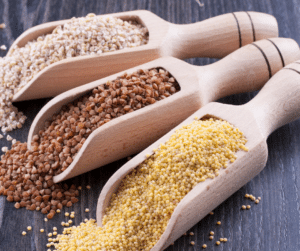
There are several different types of millet available, and each one offers its unique characteristics and uses. Let’s explore the various millet varieties and how they can be incorporated into different dishes and cuisines.
Millet is a fantastic option for gluten-free baking. It can be ground into flour and used as a substitute for wheat flour in recipes such as breads, muffins, and pancakes. Millet flour adds a slightly nutty flavor and a light texture to baked goods, making them both delicious and suitable for those with gluten sensitivities.
Millet can also be used as a rice substitute. It can be cooked similarly to rice and used as a base for stir-fries, pilafs, and grain salads. Its slightly chewy texture and mild flavor make it a versatile ingredient that pairs well with a variety of flavors and ingredients.
Millet can be enjoyed as a breakfast cereal. It can be cooked with milk or water and topped with fruits, nuts, and sweeteners for a nourishing and wholesome morning meal. Its creamy texture and subtle taste make it a satisfying and nutritious way to start the day.
Millet is commonly used in traditional ethnic cuisines. In African cuisine, it is a staple grain and is often used in porridge, stews, and breads. In Indian cuisine, millet is used to make roti, a type of flatbread, and is also used in dosas, a type of savory pancake.
Nutritional Profile of Millet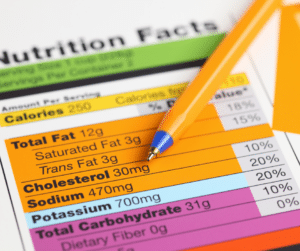
The nutritional profile of millet provides valuable insights into its health benefits, and it is important to understand the nutrient content of this versatile grain. Millet is a great option for those who are looking for a gluten-free alternative to wheat and other grains. It can be used in baking to add texture and flavor to breads, muffins, and cookies. Additionally, millet is a popular ingredient in salads, providing a crunchy and nutty taste.
Millet is also a fantastic choice for those seeking a plant-based source of protein. It contains all essential amino acids, making it a complete protein source. This is especially beneficial for vegetarians and vegans who may struggle to meet their protein needs.
In addition to being high in protein, millet is also rich in vitamins and minerals. It is a good source of magnesium, which is essential for bone health and muscle function. It also provides a significant amount of phosphorus, which is important for energy production and cell repair.
If you’re looking for a comforting and nutritious breakfast option, millet porridge recipes are a must-try. Millet can be cooked in water or milk, and topped with fruits, nuts, and honey for a delicious and filling meal.
Cooking Techniques for Millet
One of the most important aspects of cooking millet is to properly rinse and soak the grains beforehand to ensure optimal texture and taste. Millet is a gluten-free alternative to wheat and other grains, making it a great choice for those with dietary restrictions. It is also a staple grain in African cuisine, where it is used in dishes like porridge, pilaf, and breads. In traditional Indian dishes, millet is often used to make roti, a type of flatbread, and as a base for various types of khichdi, a comforting one-pot dish.
Millet is not only versatile, but it is also highly nutritious. It is rich in fiber, protein, and essential nutrients like magnesium, phosphorus, and manganese. This makes it a fantastic addition to a balanced diet.
In addition to savory dishes, millet can also be incorporated into baked goods and desserts. It can be ground into flour and used in cookies, muffins, and cakes, adding a unique flavor and texture. Its slightly nutty taste adds depth to various recipes, making it a wonderful ingredient to experiment with in the kitchen.
Recipes Using Millet
While there are many delicious recipes using millet, one popular option is millet salad with roasted vegetables. This vibrant and nutritious dish combines the earthy flavor of millet with the sweetness and crunch of roasted vegetables.
To make this salad, simply cook the millet according to the package instructions and let it cool. Meanwhile, toss your favorite vegetables such as bell peppers, zucchini, and cherry tomatoes with some olive oil, salt, and pepper, and roast them in the oven until tender and slightly charred. Once the millet and vegetables are ready, mix them and add a dressing of your choice, such as a lemon vinaigrette or a tangy yogurt dressing. Top it off with some fresh herbs like parsley or cilantro for an extra burst of flavor.
It can also be used in a variety of other recipes. For those with a sweet tooth, desserts like millet pudding or millet cookies are a great option. It can also be used in gluten-free baking as a substitute for wheat flour, adding a nutty and slightly sweet taste to breads, muffins, and pancakes. This grain can be used as a substitute for rice in dishes like pilaf or stir-fries, providing a lighter and more nutritious alternative. For breakfast, it can be cooked with milk or water to create a creamy and satisfying porridge, topped with fruits, nuts, or honey. With its versatility and health benefits, millet is truly a grain worth exploring in the kitchen.
Cooking with Millet
Millet is very versatile and can be made into pilafs or breakfast cereals, or just added to bread, soups, or stews. Generally, you can substitute up to about 30% millet flour into your favorite baking recipes.
- Creamy Millet: Grind 1 cup of millet in a spice grinder. In a medium pot on high heat, bring 5 cups of water to a boil, then gradually whisk in the millet. Cover; lower the heat to a simmer and stir occasionally for 15 – 20 minutes or until the grits are tender. This makes a great porridge or a polenta.
- Sticky Millet: In a medium pot over high heat, bring 2 3/4 cups of water to a boil with 1 cup of millet. Simmer for 18 minutes and then let stand for 10 minutes. This sticky millet then can be molded into croquettes or patties.
- Fluffy Millet: Toast 1 cup of millet for about 6 minutes in a dry pan over medium-low heat. Then add the millet to 2 1/4 cups of boiling water, simmer for 18 minutes, then let stand for 10.
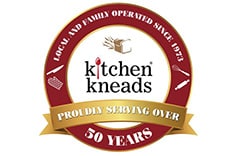


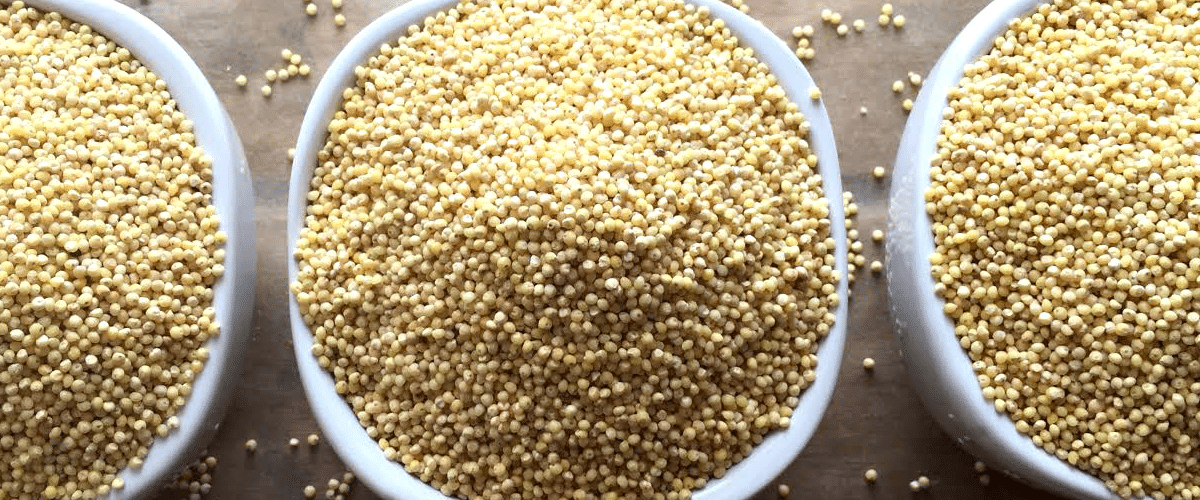

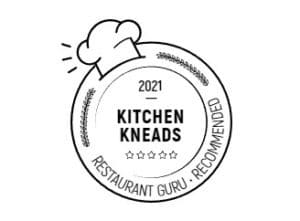





Leave a Reply